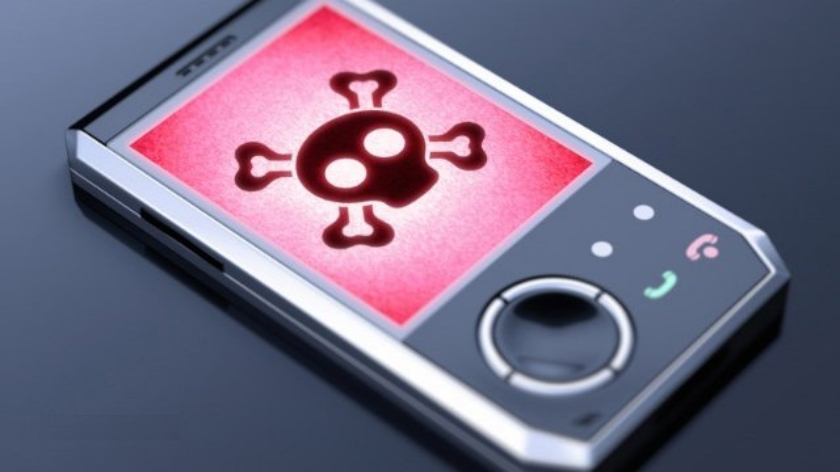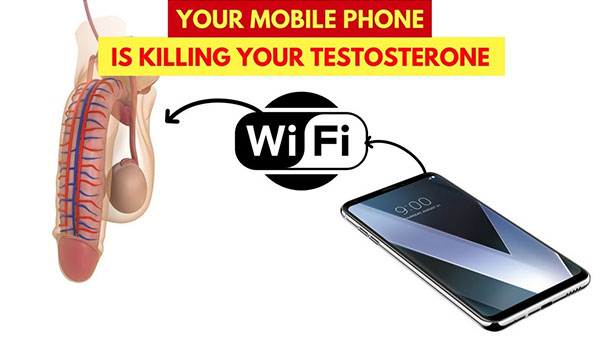Court Upholds Landmark Berkeley Cell Phone Radiation Right to Know Ordinance and Rejects Industries Appeal

Of relevance to the ongoing debate on the health impacts of cell phones. First published on July 10, 2019
A landmark Ninth Circuit Court of Appeals upheld the City of Berkeley’s cell phone right to know ordinance rejecting industries argument that the ordinance violates the first amendment. The Berkeley ordinance requires retailers to inform consumers that cell phones emit radiation and that “if you carry or use your phone in a pants or shirt pocket or tucked into a bra when the phone is ON and connected to a wireless network, you may exceed the federal guidelines for exposure to RF radiation.” In upholding this decision, the panel concluded that the public health issues at hand were “substantial” and that the “text of the Berkeley notice was literally true,” and “uncontroversial.”
Further, the panel determined that the Berkeley ordinance did not constitute preemption.
“Far from conflicting with federal law and policy, the Berkeley ordinance complemented and enforced it.”
The panel held that Berkeley’s required disclosure simply alerted consumers to the safety disclosures that the Federal Communications Commission required, and directed consumers to federally compelled instructions in their user manuals providing specific information about how to avoid excessive exposure.
Industry is expected to appeal for a full court en banc review, but this reviewing “panel concluded that CTIA had little likelihood of success based on conflict preemption.”
In response to this court ruling CTIA-v-Berkeley-9th-Circuit-opinion-7-2-2019 Devra Davis, PhD, MPH, President of Environmental Health Trust (EHT) issued the following statement:
“Congratulations to the hard-working indomitable Town Council and Citizens of Berkeley, California for upholding The Right to Know. More than a decade in the making this decision assures the right to know that cell phones emit radiation and that when the phone is touching the body levels can be exceeded.
Democracy rests on an informed public that freely consents to be governed. Reliable information is key to the functioning of our system. The right to know is essential to all citizens. And the duty to warn about potential hazards is an obligation of any company. Wherever the right to know and the duty to warn are not followed democracy itself is imperiled.
Thanks to the Berkeley ordinance billions more will learn that cell phones are two-way microwave radios and our bodies absorb this microwave radiation. New scientific studies, the work of the Phonegate Association and investigations from the Canadian Broadcasting Corporation confirm that cellphones can exceed the US FCC limits up to eleven times when held next to the body.
We at the Environmental Health Trust want to extend a great big thank you to Professor Lawrence Lessig of Harvard Law. And to all the many individuals who have dedicated their time to this important work including Joel Moskowitz PhD, Ellie Marks, Llyod Morgan, and many more.”
The Berkeley Cell Phone Right To Know Ordinance has been in effect since March 21, 2016 and requires retailers post a notice with the following text.
“The City of Berkeley requires that you be provided the following notice:
“To assure safety, the Federal Government requires that cell phones meet radiofrequency (RF) exposure guidelines. If you carry or use your phone in a pants or shirt pocket or tucked into a bra when the phone is ON and connected to a wireless network, you may exceed the federal guidelines for exposure to RF radiation. Refer to the instructions in your phone or user manual for information about how to use your phone safely.”
Dr. Davis, Visiting Professor of Medicine, The Hebrew University, and the author of more than 220 scientific publications, is also the author of Disconnect–the truth about cellphone radiation.
Prof. Davis testified on this issue before the Berkeley City Council in 2011 and 2015 alongside Joel Moskowitz, PhD, the Director of the Center for Family and Community Health at the University of California, Berkeley and Lawrence Lessig of Harvard Law who has represented Berkeley pro bono.
In addition, Davis also testified in the 2009 Congressional Hearings on cell phone radiation regarding the fine print warnings on cell phone radiation buried in cell phones, urging public access to that information.

In Europe, 13 phone models have been recalled or software updated after Phonegate Alerte pressured the French government to release cell phone radiation measurement data from hundreds of cell phones.
“The fact that cell phones exceed federal limits when tested touching the body is a scandal that has been going on for 30 years. It affects billions of cell phone users worldwide and will shake the cell phone industry itself,” stated Dr. Arazi who filed charges against the Chinese manufacturer Xiaomi for cell phone radiation measurements that violated regulatory levels.
“Parents are unaware that when a child holds a phone or iPad in their lap, or when then their teenager tucks the phone in their pants, that their child could absorbs radiation at levels that exceed US cell phone radiation limits,” stated Theodora Scarato, Executive Director of EHT.
“We contacted the FDA when the French cell phone data were first released three years ago and called on them to take action. Yet no action? The CDC, FDA, and FCC must inform the public about this and take action to ensure protection for all cell phone users, especially children, and teenagers.”
Scarato pointed out that manufacturers have buried fine print warnings regarding distances consumers should maintain wireless devices in not only for cell phones but also for wireless laptops, baby monitors, cordless phones, wireless speakers, and even drones and “smarthome” devices.
EHT has a webpage listing the fine print warnings for many of these devices online.
History of Right To Know Ordinances in the USA
Previous to Berkeley’s Ordinance, San Francisco became the first city in the country to pass and adopt cell phone safety legislation. The San Francisco ‘Right to Know’ ordinance was unanimously approved by the San Francisco Board of Supervisors on August 2, 2011.
The ordinance required cell phone retailers to provide their customers with information detailing that if a user holds a phone too close to their body, a phone may exceed the radio frequency energy exposure limitation set by the Federal Communications Commission.
Cell phone retailers were to provide information that provides measures customers can take to reduce their exposure to radio frequency energy from cell phones. The original ordinance required that this information be provided via a store poster, and a factsheet to be given out with each phone sold and upon customer request.

However the CTIA (The Wireless Association) sued the city and implementation of the ordinance was blocked in 2012 after a three year court battle. Although implementation in cell phone retail stores was halted, a City webpage detailing ways to reduce exposure to wireless radiation.
The Berkeley was designed to be purely factual simply ensuring that consumers were provided FCC information on the fact that cell phone radiation can exceed limits if devices are used in close proximity to the body.
By Environmental Health Trust
The original source of this article is Environmental Health Trust
Copyright © Environmental Health Trust, Environmental Health Trust, 2019
The 21st Century
